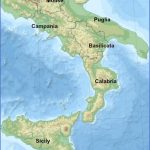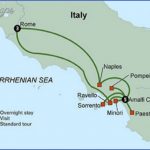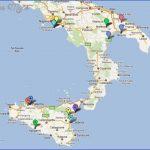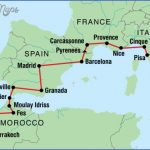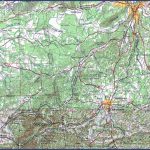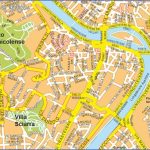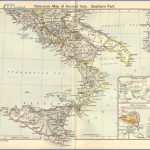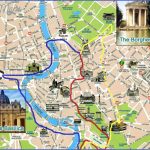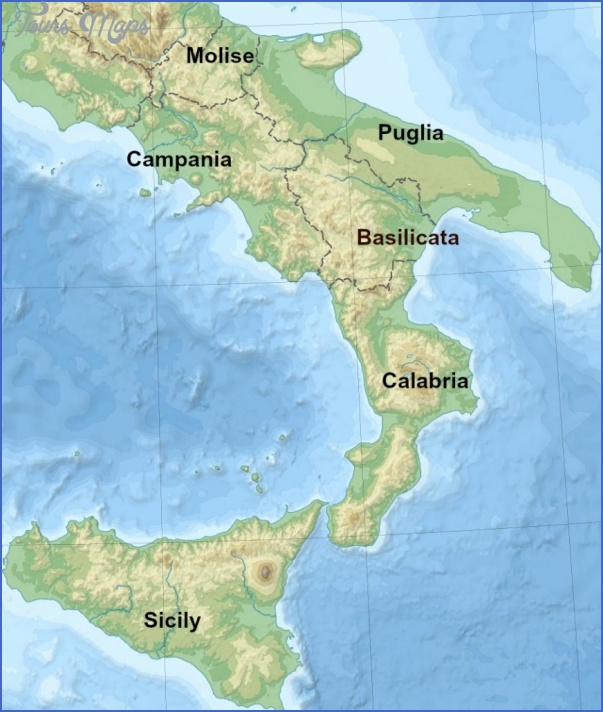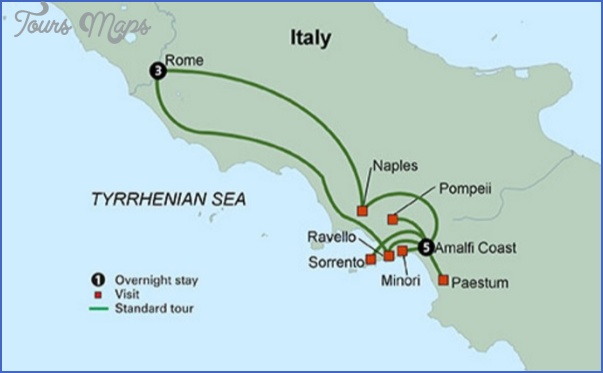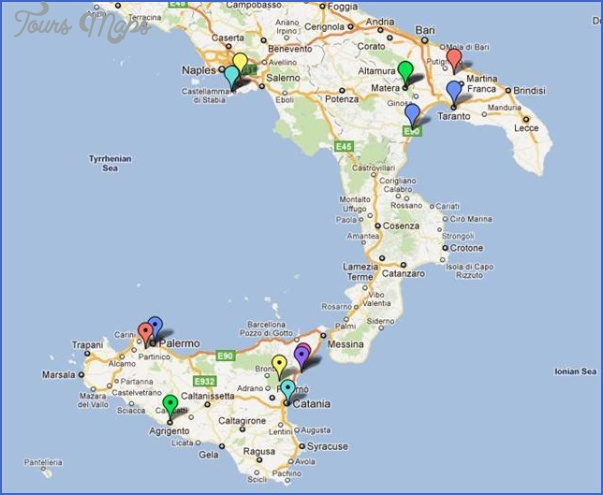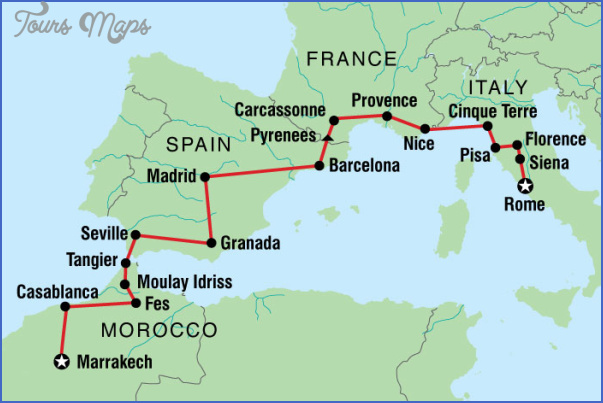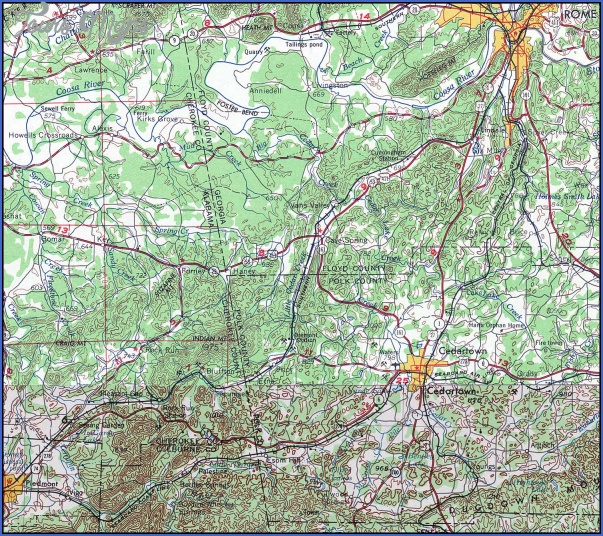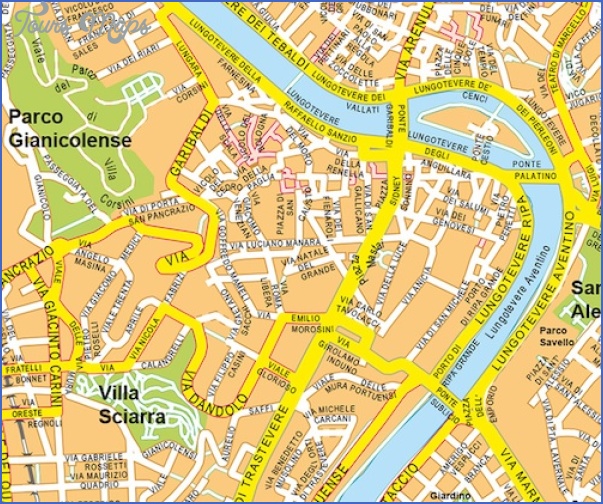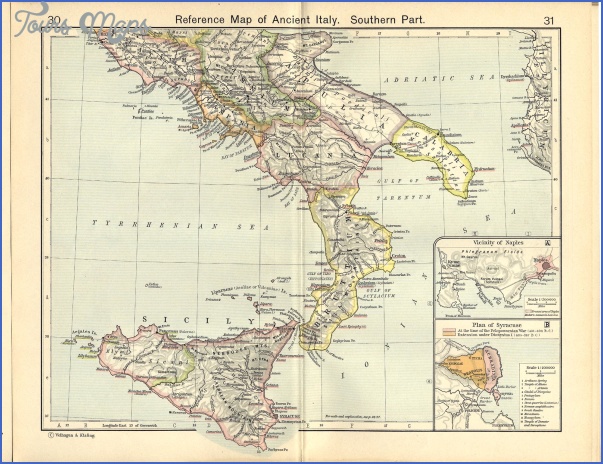SOUTHERN ROME MAP
The area south of the center is a great mix of wealthy and working-class neighborhoods and is home to the city’s best nightlife and some of its grandest churches.
CAELIAN HILL. Southeast of the Colosseum, the Caelian, along with the Esquiline, is the biggest of Rome’s seven original hills and home to some of the city’s greatest chaos. Split into three levels, each from a different era, the Chiesa di San Clemente is one of Rome’s most intriguing churches. A fresco cycle by Masolino dating from the 1420s graces the Chapel of Santa Caterina. (M: B-Colosseo. Turn left out of the station and walk east on V. Fori Imperiali. Open M-Sa 9am-12:30pm and 3-
6pm, Su and holidays 10am-12:30pm and 3-6pm. ‚3.) The immense Chiesa di San Giovanni in Laterano was the seat of the pope until the 14th century; founded by Constantine in AD 314, it’s Rome’s oldest Christian basilica. The two golden reliquaries over the altar contain the heads of St. Peter and St. Paul. Across the street is the Scala Santa, which houses what sire believed to be the 28 steps used by Jesus outside Pontius Pilate’s house. (Dress code enforced. M: A-San Giovanni or bus #16 from Termini. Open daily 7am-12:30pm and 3:30-7:30pm. ‚2; museum ‚1.)
APPIAN WAY. Since burial inside the city walls was forbidden during ancient times, fashionable Romans made their final resting places along the Appian Way. At the same time, early Christians secretly dug maze-like catacombs under the ashes of their persecutors. (M: A-San Giovanni. Take bus #218 from P. di S. Giovanni to the intersection ofV. Ardeatina and V.d. Sette Chiese.) San Callisto, V. Appia Antica 110, is the largest catacomb in Rome, with nearly 22km of subterranean paths. Its four levels once held 16 popes, St. Cecilia, and 500,000 other Christians. (Take the private road that runs northeast to the entrance to the catacombs. Open Mar.-Jan. Th-Tu 8:30am-noon and 2:30-5:30pm.) Santa Domitilla houses an intact 3rd-century portrait of Christ and the Apostles. (Facing V. Ardeatina from the exit of S. Callisto, cross the street and walk up V.d. Sette Chiese. Open Feb.-Dee. M and W-Su 8:30am-noon and 2:30-5pm.) San Sebastiano, V. Appia Antica 136, once held the bodies of Peter and Paul. (Open Dec.-Oct. M-Sa 8:30am-noon and 2:30-5:30pm. Adjacent church open daily 8am-6pm.)
AVENTINE HILL. The iiRoseto Comunaie, Rome’s official rose garden, is host to the annual Premio Roma, the worldwide competition for the best blossom. Entries are sent in May. (On both sides of V.d. Valle Murcia, across the Circus Maximus from the Palatine Hill. Open daily 8am-7:30pm.) The Giardini degli Aranci nearby is also a pleasant place for an afternoon stroll. (Open daily dawn to dusk.) The Church of Santa Sabina and its accompanying monastery were home to St. Dominic, Pius V, and St. Thomas Aquinas, and dates from the 5th century. (At the southern end of Parco Savello. Open daily 6:30am- 12:45pm and 3:30-7pm.) V.S. Sabina continues along the crest of the hill to Piazza dei Cavalieri di Malta, home of the crusading order of the Knights of Malta. Through the Elkeyhole in the pale yellow gate, the dome of St. Peter’s is perfectly framed by hedges.
EUR. South of the city stands a monument to a Roman empire that never was. EUR (AY-oor) is an Italian acronym for Universal Exposition of Rome, the 1942 World’s Fair that Mussolini intended to be a showcase of Fascist achievements. The new, modem Rome was to shock and impress the rest of the world with its futuristic ability to build lots of identical square buildings. Via Cristoforo Colombo, EUR’s main street, is the first of many internationally ingratiating addresses like Viale Asia and Piazza Kennedy. It runs north from the Metro station to Piazza Guglielmo Marconi and its 1959 obelisk. According to legend, when St. Paul was beheaded at the Abbazia delle Tre Fontane (Abbey of the Three Fountains), his head bounced three times, creating a fountain at each bounce. (M: B-Laurentina. Walk north on V. Laurentina and turn right on V. diAcque Salve; the abbey is at the bottom of the hill. Open daily 8am-lpm and 3-7pm.)
Etruscans, emperors, popes, and condottiere have been busily stuffing Rome full of artwork for several millennia, leaving behind a city teeming with galleries. Museums are generally closed holidays, Sunday afternoons, and all day Mondays.
SOUTHERN ROME MAP Photo Gallery
Maybe You Like Them Too
- Explore Les Accates, France with this Detailed Map
- Explore Góra Kalwaria, Poland with this detailed map
- Explore Gumdag, Turkmenistan with this detailed map
- Explore Telfes im Stubai, Austria with this detailed map
- Explore Langenselbold, Germany with this detailed map

